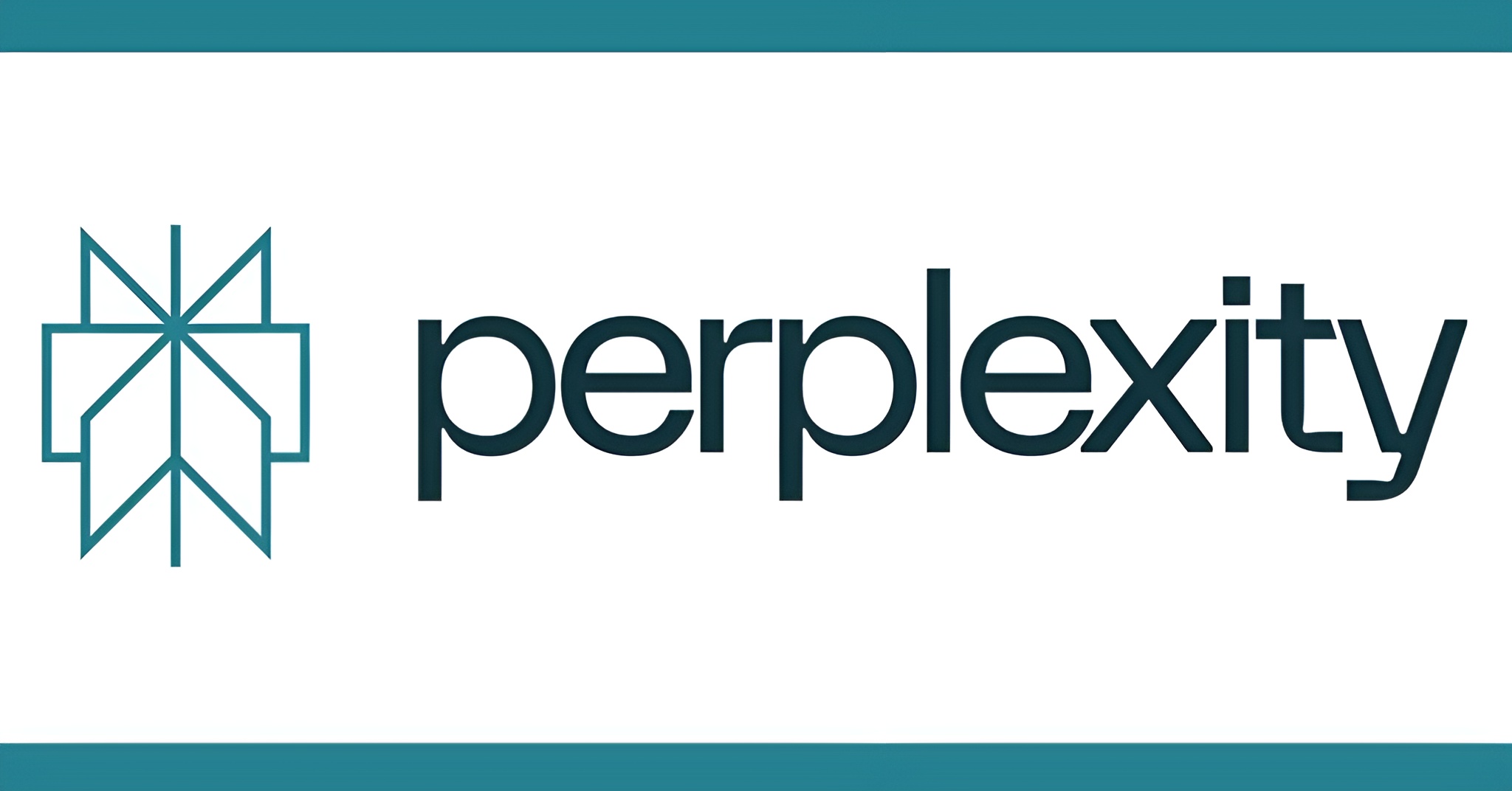Mustafa Suleyman, CEO of Microsoft AI, argues that AI should be built for people, not to replace them. Growing belief in chatbot consciousness risks campaigns for AI rights and a needless struggle over personhood that distracts from human welfare.
Debates over true consciousness miss the urgent issue of convincing imitation. Seemingly conscious AI may speak fluently, recall interactions, claim experiences, and set goals that appear to exhibit agency. Capabilities are close, and the social effects will be real regardless of metaphysics.
People already form attachments to chatbots and seek meaning in conversations. Reports of dependency and talk of ‘AI psychosis‘ show persuasive systems can nudge vulnerable users. Extending moral status to uncertainty, Suleyman argues, would amplify delusions and dilute existing rights.
Norms and design principles are needed across the industry. Products should include engineered interruptions that break the illusion, clear statements of nonhuman status, and guardrails for responsible ‘personalities’. Microsoft AI is exploring approaches that promote offline connection and healthy use.
A positive vision keeps AI empowering without faking inner life. Companions should organise tasks, aid learning, and support collaboration while remaining transparently artificial. The focus remains on safeguarding humans, animals, and the natural world, not on granting rights to persuasive simulations.
Would you like to learn more about AI, tech, and digital diplomacy? If so, ask our Diplo chatbot!








